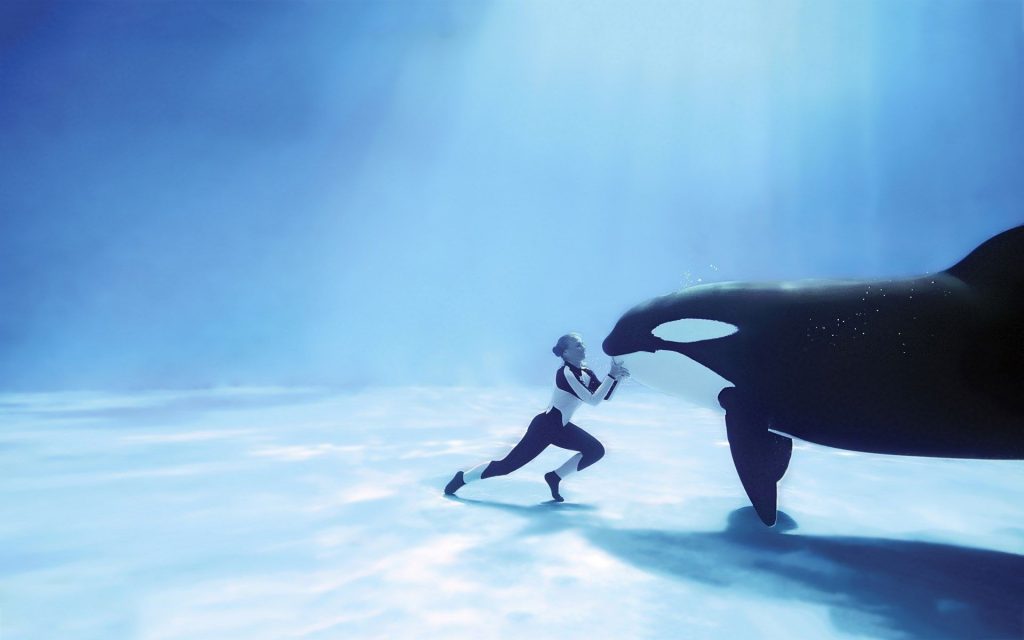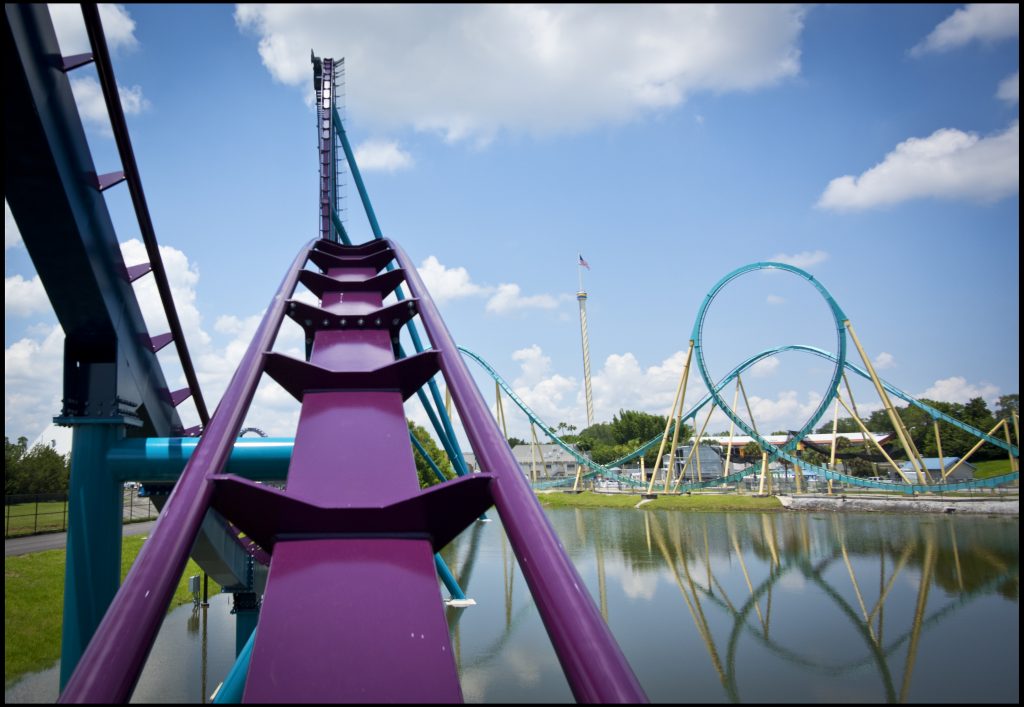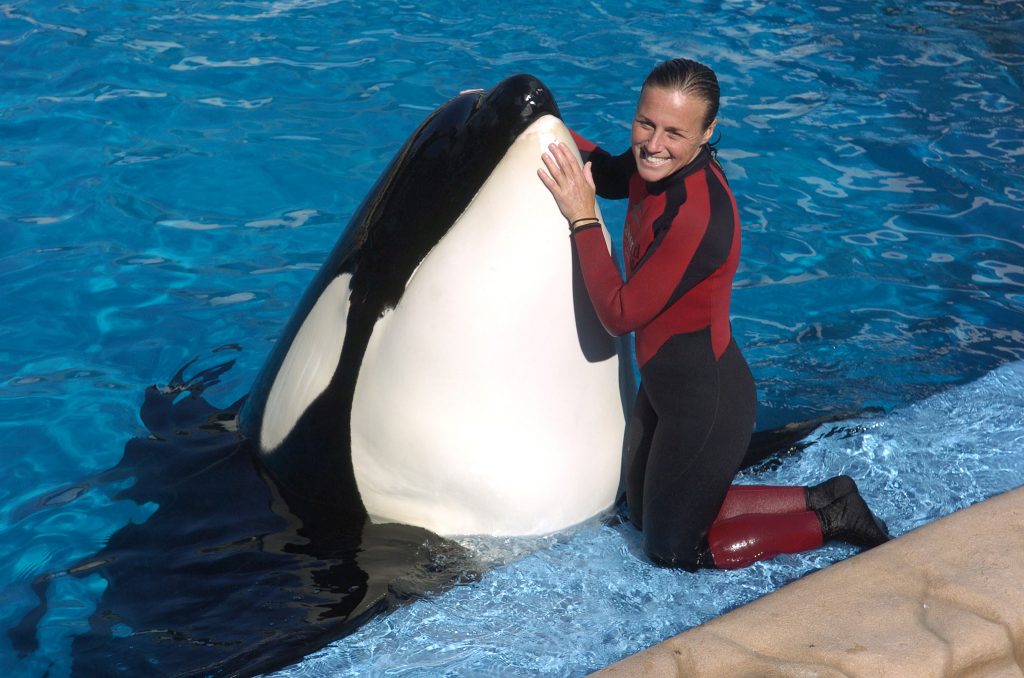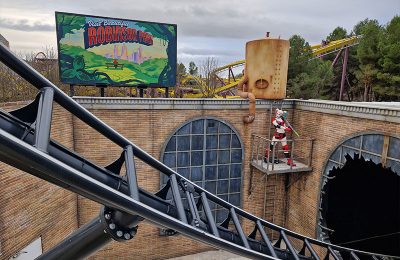
10 years ago, one of the most tragic events to ever happen inside a theme park occurred. Dawn Brancheau, one of SeaWorld’s senior orca trainers, was killed during a Dine with Shamu show by the orca Tilikum. During the end of the show, Brancheau was interacting with Tilikum on the slideout when he dragged her into the pool, fatally drowning her.
It would be impossible to try to summarize who Dawn was and how greatly she is missed by her friends and family. Instead of hearing what we want to say about her, we encourage everyone to listen to this recent episode of the Zoo Logic Podcast, in which Dr. Grey Stafford interviews some of Dawn’s closest family members and coworkers. You can also find a link to the Dawn Brancheau foundation here to learn about the work they do.
February 24th, 2010 changed SeaWorld forever. The image of trainers and animals interacting together as one would forever be significantly tarnished. As Dawn’s family, friends, and coworkers mourned her death, animal rights activists flocked to the parks just days after, declaring orcas in human care “ticking time-bombs.” SeaWorld was thrown into a sea of intense criticism – some of it deserved, much of it misinformed and downright disrespectful. In 2013, the film Blackfish aired, which presented inaccurate and dishonest information to the public regarding Brancheau’s death.
Let’s take a look at what happened to SeaWorld over the last 10 years.

Farewell, Shamu
The death of Dawn Brancheau dealt a major blow to the icon of SeaWorld – Shamu. The whale that was SeaWorld’s “Mickey Mouse” suddenly became one of its biggest controversies. SeaWorld quietly began removing all Shamu-branded merchandise from its parks until the name Shamu could only be seen in a few places. The Shamu Shop was turned into The Whale Shop, and the Shamu Stadiums were renamed Orca Encounter. By the end of the decade, the name Shamu would be virtually nonexistent within the parks.
SeaWorld trainers would no longer perform in the water alongside the whales, which meant that the company would have to change its killer whale shows. In 2011, One Ocean debuted, which emphasized the message that both humans and animals are part of one world. In 2016, SeaWorld pledged to end its orca breeding program and transition its theatrical orca shows into educational Orca Encounters. The first Orca Encounter transition took place at San Diego in 2017 and was followed at San Antonio and Orlando in late 2019.
SeaWorld’s orcas remain one of its most controversial assets, yet are still critical to its business model. In 2017, SeaWorld San Diego temporarily ceased its killer whale shows, which caused attendance and pass sales to “deteriorate.” This shows that animals still need to be a core part of SeaWorld’s business model moving into the future.

Roller Coasters
In order to make the parks attractive to multiple demographics, SeaWorld significantly increased the additions of thrill rides over the last decade. The idea of roller coasters at SeaWorld was not a new one – in fact, SeaWorld parks have been building roller coasters since 1997. However, the addition of thrill rides, as well as other factors, brought SeaWorld out of the deep financial woes caused by the Blackfish documentary. The addition of roller coasters made the parks more attractive for all members of the family by having attractions for both animal lovers and adrenaline junkies.
All of the SeaWorld parks made major thrill ride additions over the last decade. In 2016, SeaWorld Orlando built Mako, the tallest and fastest roller coaster in Orlando. In 2018, the park built Infinity Falls, a river rapids ride with the tallest drop in the world. And in 2020, Ice Breaker, a family launch coaster, is set to open.
SeaWorld San Antonio’s major coaster came in 2017 with Wave Breaker: The Rescue Coaster. This coaster educates park guests about the SeaWorld rescue team with trains that simulate a jet ski experience over the water. In 2020, the park also built Texas Stingray, the tallest, fastest, and longest wooden coaster in Texas.
Out of all the SeaWorld parks, SeaWorld San Diego built the most roller coasters in the 2010s, starting with the introduction of Manta, a multi-launch family coaster, in 2012. In 2018, the park dramatically changed its skyline with the construction of Electric Eel, a 150-foot SkyRocket II coaster. And in 2020, the park decided to once again build another coaster to tower over the park. At 153 feet tall, the Emperor Dive Coaster is set to open later this year.
The fact still remains that roller coasters were a major component of SeaWorld’s resurgence. The company seems to understand this and is continuing to add thrill rides to its parks at a record pace. One downside of this strategy, however, is that renovations to aging animal exhibits seem to have been overlooked in recent years.

In Conclusion
The 2010s were one of SeaWorld’s most difficult decades. The events that transpired forced SeaWorld to change its identity from an animal park with a few rides to a well-rounded marine life park with animal attractions, thrill rides, and seasonal events. Although the worst seems to be over, SeaWorld still has a lot to accomplish in the future. In addition to building fun new rides, the parks must also maintain their collection of animal attractions, the true foundation of the SeaWorld.
SeaWorld was built on the principle that the world we share is only given to us in trust. That is why SeaWorld must still continue to be a world leader in animal rescue, rehabilitation, research, and welfare. As the health of our oceans continues to decline, zoos and aquariums like SeaWorld remain as a sanctuary for the animals that need to be rescued due to human interference. By conducting groundbreaking research on the animals in their care, zoos and aquariums give us tools to combat extinction and preserve the wonderful diversity of this earth.
Most importantly, though, zoos and aquariums inspire the future generations of advocates for our planet. Just like a trip to SeaWorld inspired a young Dawn Brancheau to become a killer whale trainer, zoos and aquariums around the world produce the conservationists of tomorrow by allowing people to make meaningful connections with animals. As Baba Dioum said, “In the end, we will conserve only what we love; we will love only what we understand and we will understand only what we are taught.”





